
High Pressure Processing (HPP) has gained attention for its benefits in food preservation and safety. As the food industry adapts to changing consumer demands, new trends and opportunities in HPP applications are emerging. From the established sectors such as juices and beverages or meat products, to the latest R&D developments and newest growing sectors such as pet food, seafood, and plant-based foods, HPP offers immense potential to develop new convenience products. At the same time industry can reduce food waste and improve sustainability efforts by streamlining food processing through automation.
Since its conception, High Pressure Processing (HPP) has attracted considerable attention for its ability to maintain food quality while addressing safety concerns. However, the HPP market is evolving as the food industry adapts to changing consumer demands and the industry requirements itself. New trends are emerging in the various applications of this technology driven by the need for sustainability and automation systems. In this blog post, we will explore the latest HPP applications, from the most consolidated sectors such as juices and beverages or meat products, to the latest R&D developments and fast-growing sectors such as pet food, seafood, and plant-based foods.
Juices and Beverages
The juice and beverage sector has seen a surge in demand for products that offer both health benefits and sensory satisfaction. According to Food Navigator, the New Year will bring a renewed focus on clean label and better-for-you products, including a desire for the “best of both worlds” as consumers gravitate towards indulgent products with functional health claims. HPP technology provides an effective method of extending the shelf life of a wide range of functional beverages, while maintaining their unique sensory attributes. Some examples available on the market include:
- 305 Squeezed – Fruit infused water (lemon and orange)
- HydroNation – Sports beverage with Cold Pressed Juice
- Pressed – Hydration Electrolyte (electrolytes, gut friendly probiotics, and immune support)
- Nourish Cold Pressed – Organic, Hemp-CBD and Probiotic Cold Pressed Juices
This also applies to cold brew coffee, where a recent study conducted by Hiperbaric has shown that HPP is effective in controlling vegetative pathogens of concern to the food industry. HPP technology is also consistent with the upcycling of raw materials that would otherwise be discarded. Loop Mission’s beverages are an example of this.
Other beverage types that can benefit from this technology include traditional fermented beverages such as wine, cider and craft beer, which have long been valued for their flavor complexity. The use of HPP in this sector offers the opportunity to maintain quality and reduce spoilage, resulting in superior products that retain their desired characteristics for longer. As such, HPP can have a positive impact on the sustainability of the fermentation industry by minimizing product loss and optimizing resource use.
Meat products
Established sectors, such as the meat industry, are also exploring potential benefits of HPP. Trends in this sector focus on the processing of raw meat, in which the main limitation is the color change. For this reason, companies using this technology are opting to marinate the meat. This not only improves the appearance of the product, but also extends its shelf life. Color correction of “Dark-Cut Beef” (DCB) or “Dark, Firm and Dry” (DFD) meat, is one area where HPP has shown promise. By adjusting the pressure parameters, the color of some meats can be improved, avoiding product withdrawal while maintaining visual appeal. As well as benefiting livestock producers, this development is in line with sustainability goals to minimize food waste.
R&D and Growing Sectors
Indeed, many of the possibilities offered by HPP technology have yet to be developed. The R&D sector always has a lot to offer. After several years of research, there is growing evidence that HPP can be used to obtain healthier foods (recovery of bioactive substances, enhancement of antioxidant properties, increase in resistant starch, salt reduction…). An unknown product that could benefit from this treatment is breast milk, the best nutritional source for neonates. In addition, there is a clear trend towards the development of fermented and post-biotic products within R&D groups, where HPP technology would help to maintain their functionality.
The growing pet food, seafood, and plant-based food sectors have also embraced the potential of HPP technology. In pet food production, pressures can be adjusted to effectively eliminate harmful microorganisms while maintaining the nutritional value and palatability of the final product for the most demanding pets. In the seafood industry, there are two main applications: not only can HPP help preserve the freshness and extend the shelf-life of ready-to-cook products, but it is also excellent for bivalves and crustaceans shucking. Finally, HPP can enable the development of safe and high quality products in new plant-based developments, including meat alternatives and vegan cheeses.
Sustainability and Automation
The adoption of HPP in the food industry is in line with the growing emphasis on sustainability and reducing food waste. By extending the shelf life of products, companies can minimize losses and optimize resource use. In addition, innovative packaging solutions, such as recyclable or biodegradable materials, can be further explored to improve the sustainability profile of HPP-processed foods.
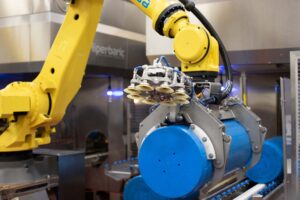
Automation plays a vital role in enabling the efficient and consistent processing of food products. Hiperbaric provides automated systems that streamline operations, reduce human labor, and increase productivity. This goes hand in hand with the application of new technologies like High Pressure Thermal Processing (HPTP), which thanks to automation and the use of artificial intelligence could benefit from optimizing energy consumption and reducing labour requirements. In addition, this new technology reduces the formation of compounds resulting from intense heat treatment, such as furan, which would help meet current targets for reducing food contaminants.
The food industry is undergoing a transformation driven by the adoption of High-Pressure Processing technology. From the established sectors such as juices and beverages or meat products to the R&D and newest sectors such as pet food, seafood, and plant-based foods, HPP offers immense potential to enhance food quality, reduce waste, and improve sustainability efforts. As companies continue to explore and invest in this innovative processing method, consumers can look forward to a future where their food is both safe and environmentally responsible.
Do not hesitate to contact us if you want to know more about HPP technology.


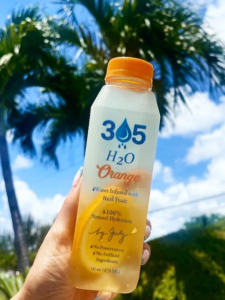
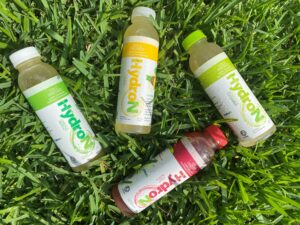
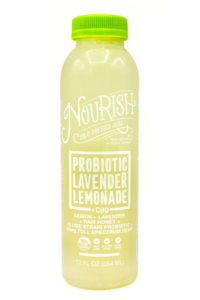
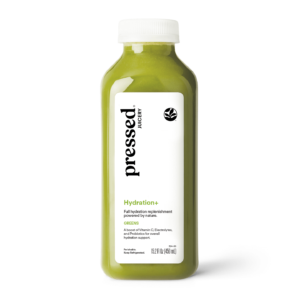
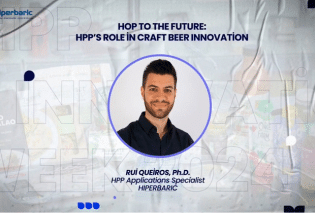
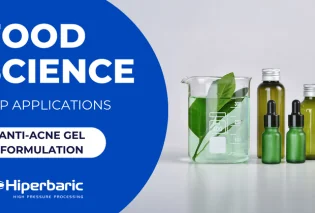
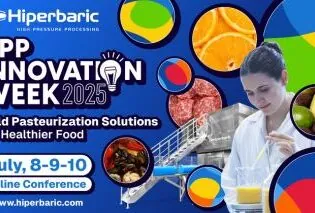
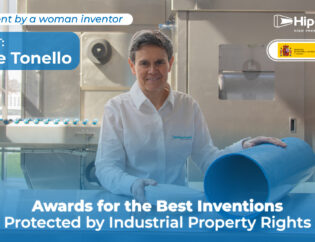


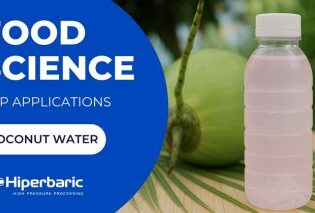
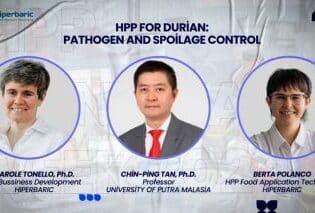

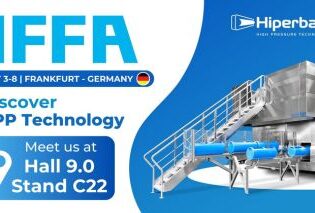
I started my High Pressure Food Research back in 1992 at a National Research Centre in Germany. Now, after eight years of retirement, I am proud to find many HPP products on the shelves!